Summary
Many people prefer to SSD because it can read and write data quickly. Do you know how to install an operating system (hereinafter referred to as OS) on a SSD for smooth operations? After system installation, we should install many new applications. Can we reduce these steps? In this essay, we will talk about how to migrate the whole system to a SSD, and how to install OS on a SSD.
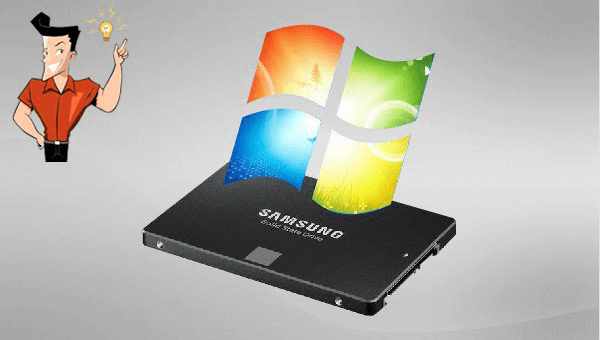

Quick Backup files at up to 3,000MB/min.
Fullfill different backup needs Supports system backup, disk / partition backup, file backup and disk clone.
Intelligent Automatically analyze the differences between source and backup data.
Convenient Support VSS, allowing to freely view webpages when backing up system.
Highly compatible Supports various files and storage devices.
Quick Backup files at up to 3,000MB/min.
Fullfill different backup needs Backup for disk, partition and system. Save disk space by backing up incremental /differential data.
Highly compatible Supports various files and storage devices.
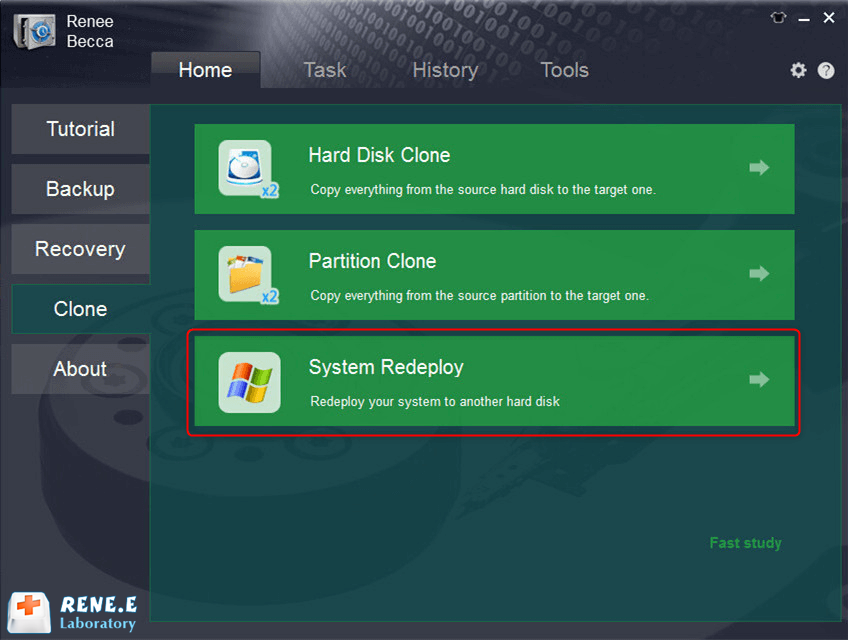
Note: You should replace the solid state disk with a larger one. When the data is transferred to the new SSD, all data will be emptied. Please back up data beforehand.
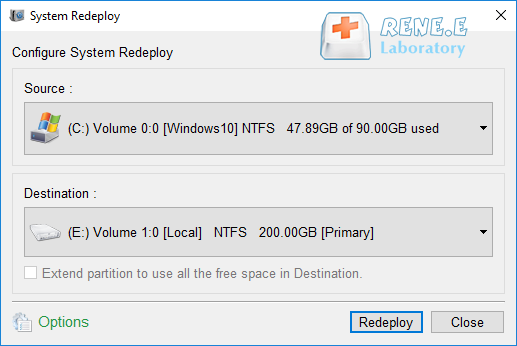
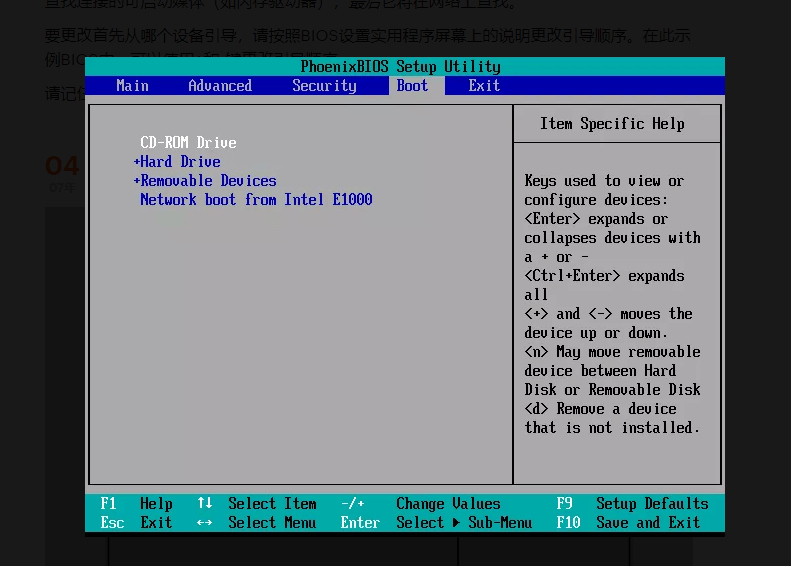
You shall check whether you’ve backed up the important data to the other storage devices (i.e. USB or SD card) or to OneDrive. It is noted that you not save the backup files to the device which is going to be installation media.
You shall prepare a blank USB flash drive with at least 8GB of space or blank DVD (and DVD burner) if you want to create media. We recommend using a blank USB or blank DVD, because any content on it will be deleted.
① Download the media creation tool from the Microsoft official site (URL: https://www.microsoft.com/en-au/software-download/windows10). Then, click on [Download tool now].
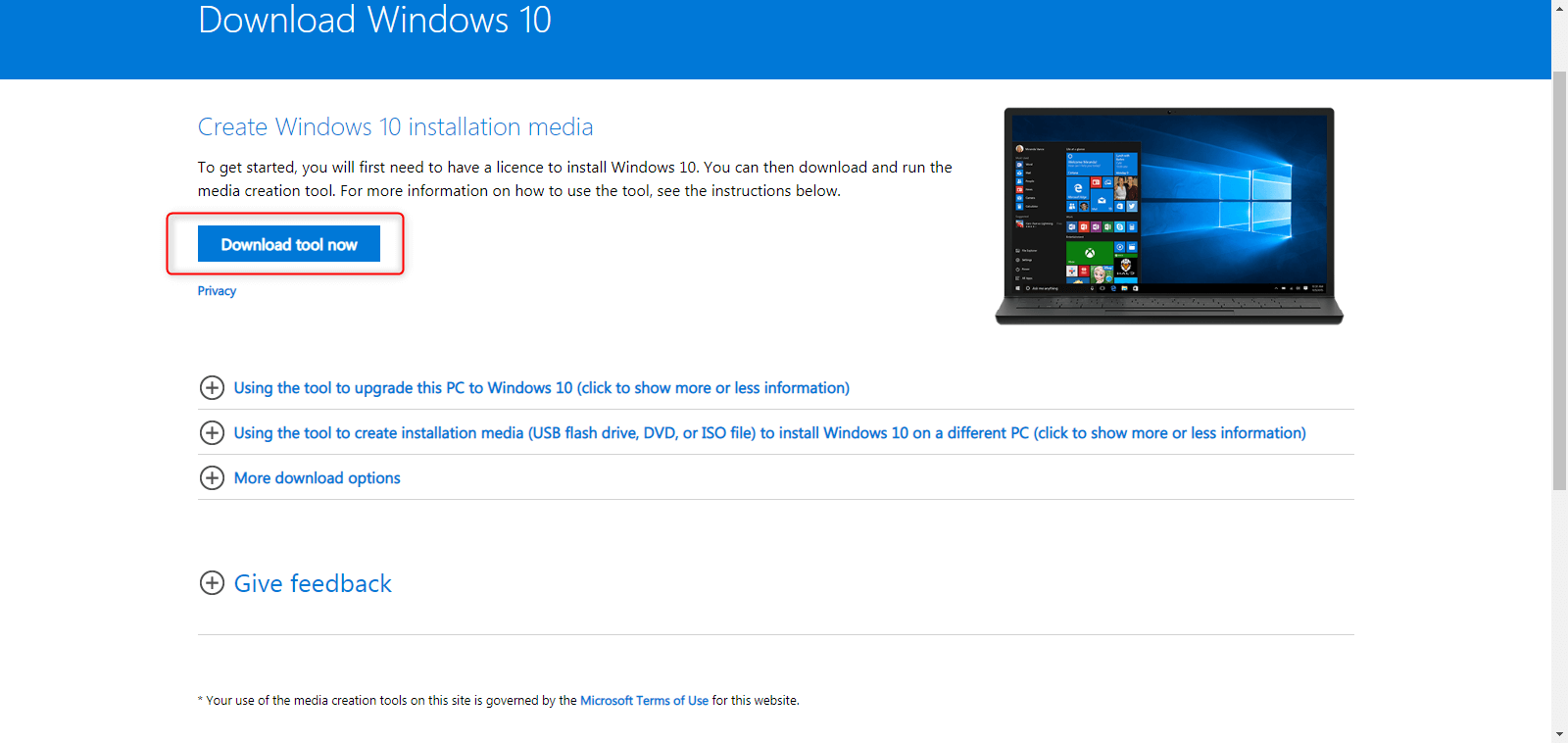
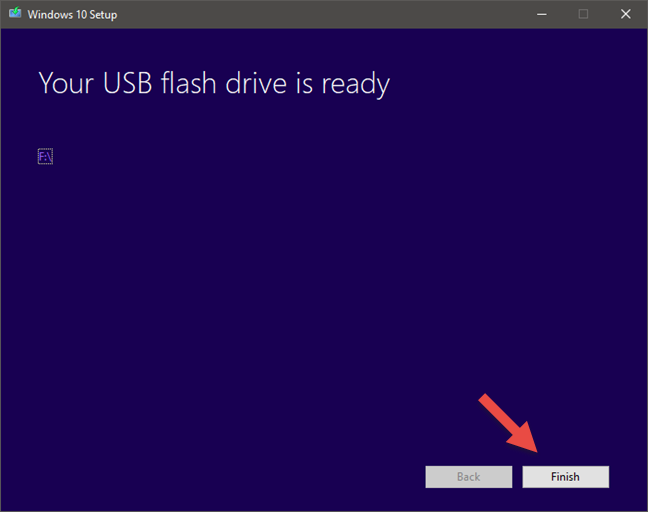
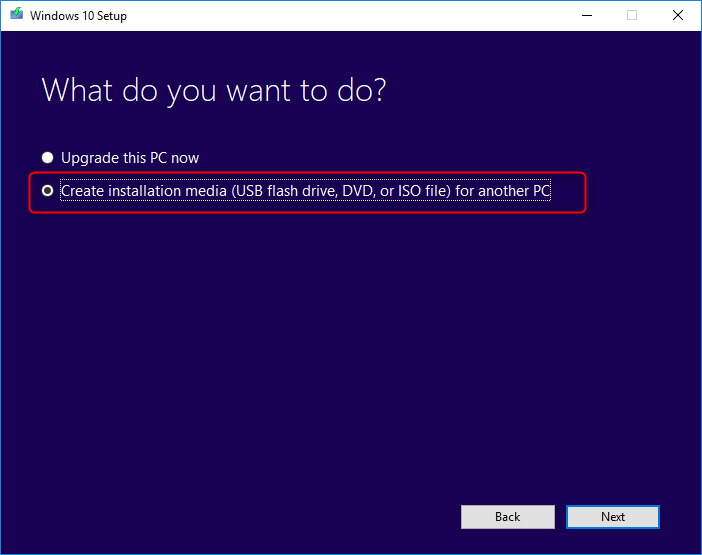
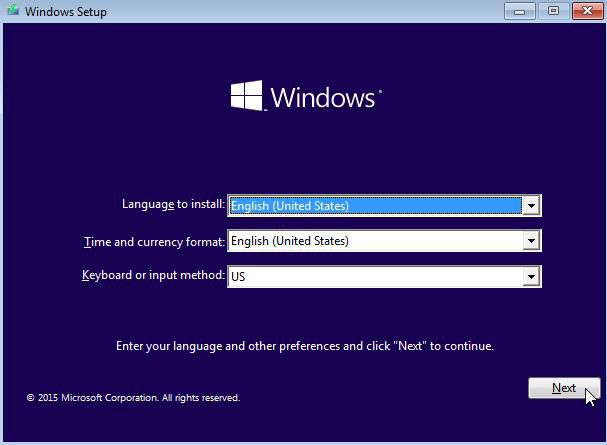
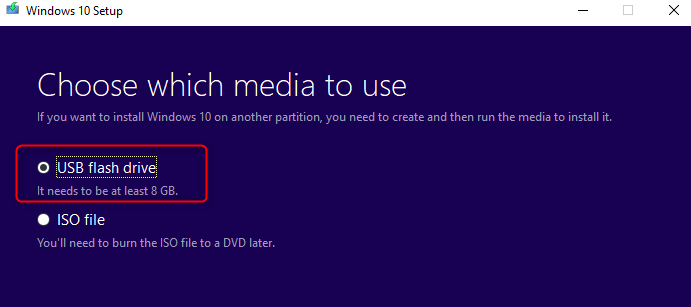
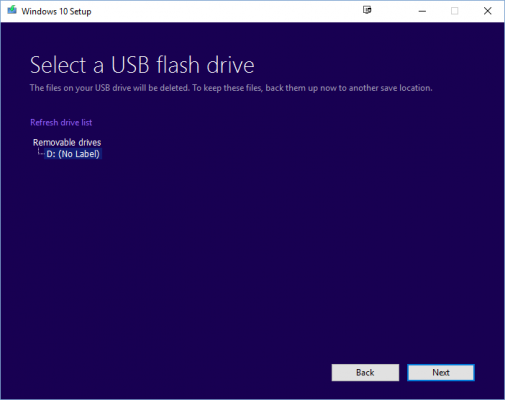
① Insert the installation USB when the computer is off. It is noted that the USB shall be inserted into the rear interface in desktop computers and the all-in-one PCs, and into the USB 2.0 interface in the laptops.
② Restart your PC. If your PC does not automatically boot to the USB or DVD media, you might have to open a boot menu or change the boot order in your PC’s BIOS or UEFI settings. To open a boot menu or change the boot order, you’ll typically need to press a key (such as F2, F12, Delete, or Esc) immediately after you turn on your PC.
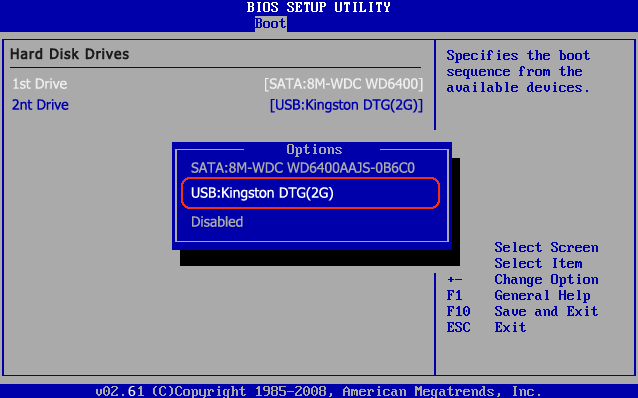
Note: The computer will be restarted for several times during the installation.

Relate Links :
How to Install Windows XP on SSD?
20-12-2021
Jennifer Thatcher : As we all known, SSD has well property performance. A system will run faster if it is installed...
19-11-2021
Ashley S. Miller : COVID19 affects people’s life globally in 2020. People work at home and have online studying, which stimulates our...




